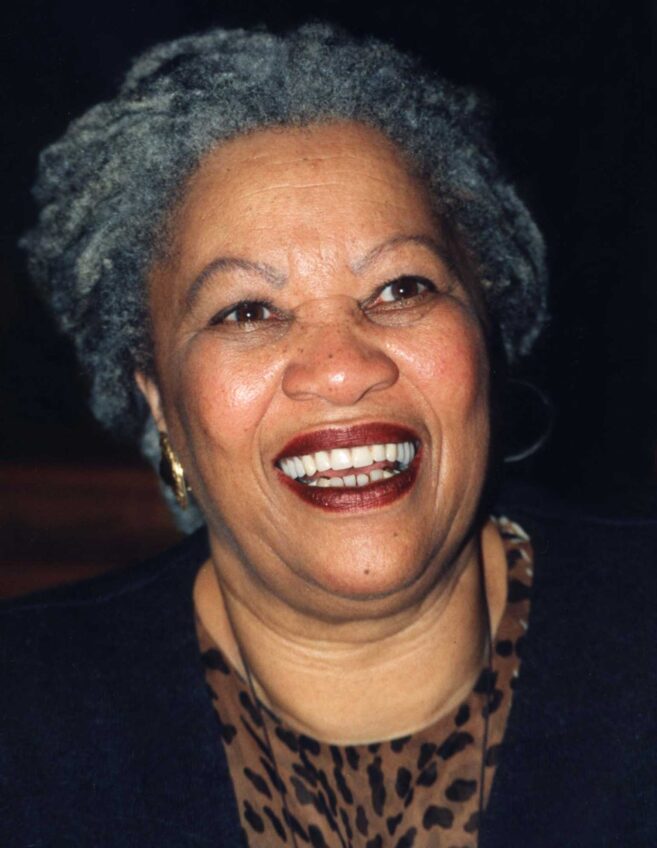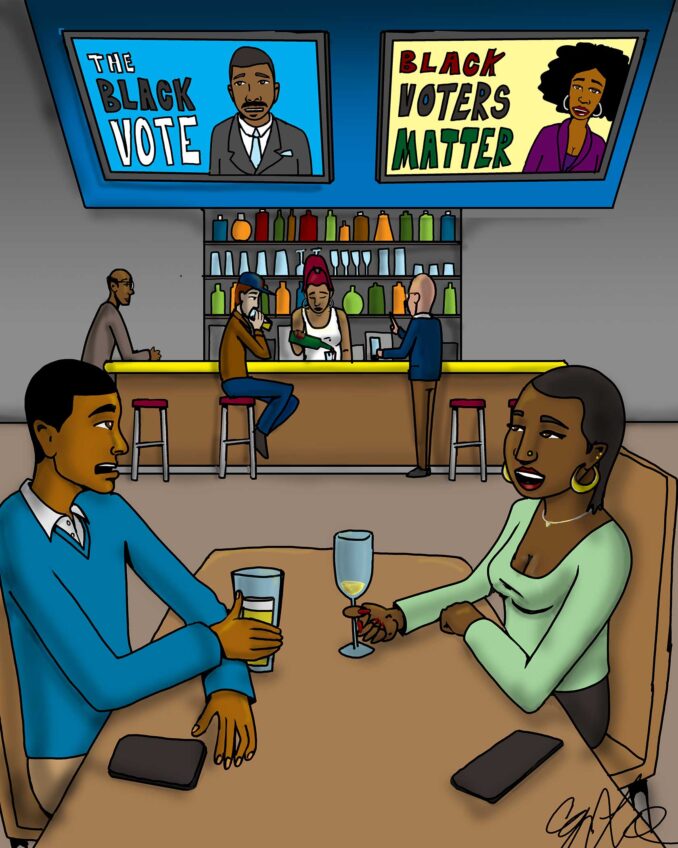Race and poverty directly affect access to financial resources, healthcare, education and employment – and often will influence the chance for fair legal representation and successful outcomes. Unfortunately, family court, which is responsible for crucial decisions affecting a family’s well-being, is not immune to the impact of structural racism in our judicial system.
Black individuals and families often face barriers to equal justice in court due to limited access, racial bias, and difficulties representing themselves when legal representation is unavailable or unaffordable.
Racial disparities persist throughout the family law system with courts making assumptions about people of color’s legal knowledge, parenting abilities and commitment to their children. While some judges and members of the court treat Black individuals and other people of color fairly, others in the court system exhibit implicit or explicit bias – making decisions simply based on race.
The shortage of Black attorneys and judges exacerbates the issue. The American Bar Association reports minimal growth in the percentage of Black attorneys over the past decade. Of the 1.3 million attorneys nationwide, Black attorneys account for less than 5 percent — hardly enough to adequately serve Black individuals with legal needs across the U.S. Diverse representation is key to improving the justice system and fostering better understanding and respect of the client’s life challenges and legal situation. This can lead to stronger attorney-client relationships and significantly better legal outcomes.
The child welfare systems in this country often harm families by failing to address structural and cultural causes for the family’s challenges. Reports and investigations disproportionately target Black families, resulting in children being removed from their homes and, in some cases, the loss of parental rights. In fact, most allegations that result in removal of Black children from their homes stem from neglect due to poverty or discrimination rather than abuse. Empty refrigerators and pantries, children left alone during work hours due to the inability to afford childcare, or the finding of a room shared among multiple family members can trigger citations that attack the family’s stability. Still, Black families are more likely to be reported and investigated for abuse or neglect than their white counterparts.
Shockingly, 53 percent of Black children face child welfare investigations before the age of 18, often leading to Black children being separated from their families and placed in foster homes or other institutions, which continues to break down the Black family structure and endanger the health and well-being of the children. Once in foster care, Black children typically receive inferior services and funding, are kept from their families for longer periods of time and are less likely to be adopted compared to white children.
Black parents often face unrealistic employment standards for making reliable child support payments. Child support agencies frequently overlook racial challenges and biases in employment, labeling people of color as “deadbeats” and “failures” because of their inability to find work. These biases often lead to fines and incarceration, perpetuating the separation of families and the cycle of poverty.
Limited access to the court system also hinders low-income Black communities, which was evident during the pandemic. Despite efforts to enhance accessibility through such things as virtual platforms for remote hearings and electronic filings, individuals with limited means, particularly Black individuals, often lack access to broadband services, phones or computers. Even those with technological access may not understand how to use it or how the court system works.
How do we improve racial equity and fairness and eliminate racial bias in the family law court system?
To ensure fairness, our judicial system must change. Court standards and practices must be critically examined through the lens of historical structural racism. Implementing training, guidelines and protocols for all judges, attorneys and court personnel to address implicit and explicit bias and their impact on Black families is critical for improving outcomes in family court. Increasing diversity among judges and attorneys is paramount in affording Black families improved representation and outcomes.
Additional solutions involve examining how racial bias impacts the judges who hear and decide cases, addressing economic disparities that leave far too many Black families navigating court on their own, and evaluating whether virtual hearings disproportionately favor white families.
Courts also can partner with community stakeholders, such as libraries and churches, to provide self-represented individuals access to virtual hearings at these community locations using court-issued computers and technology.
Nancy Grimm, Esq. is a family law attorney with Maryland Volunteer Lawyers Service






